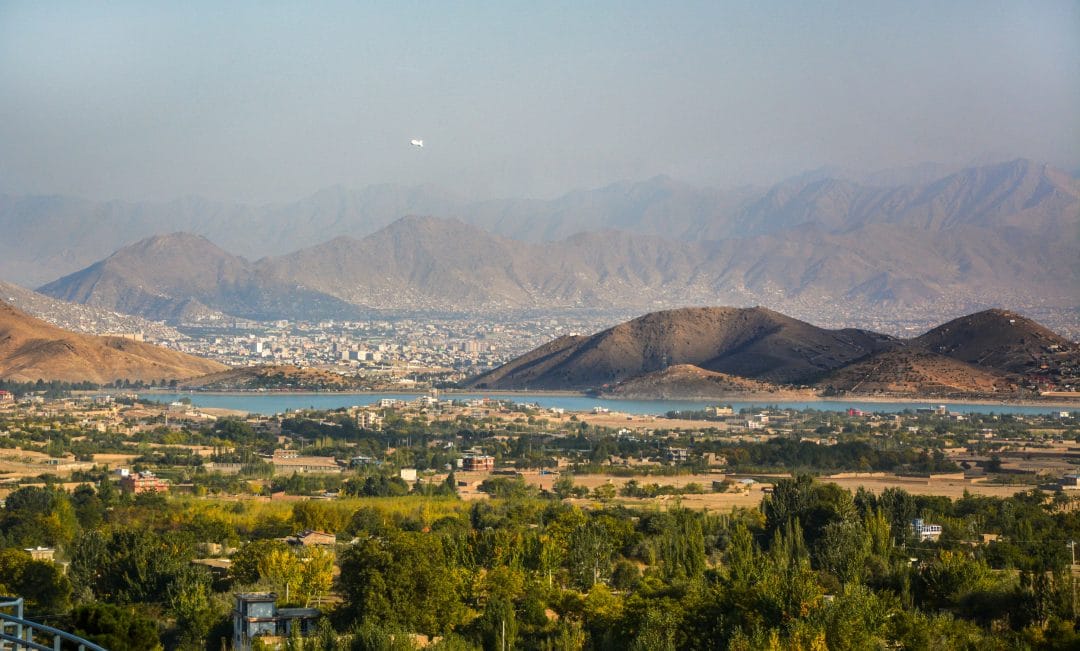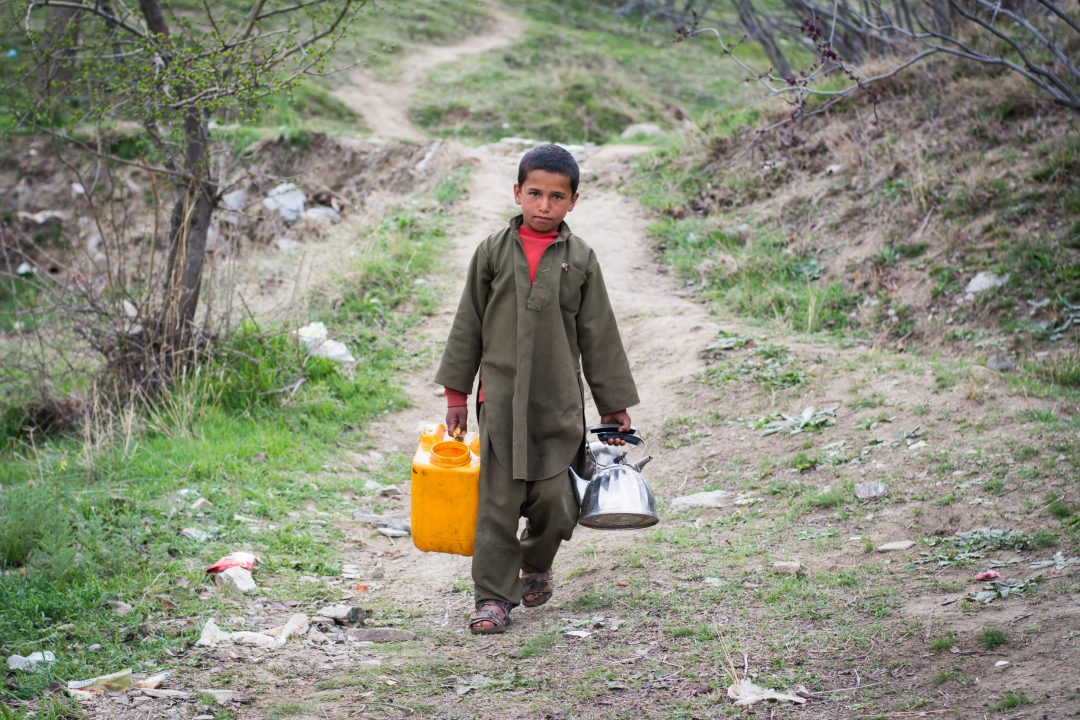BLOG
April 8th, 2018
Via the Asia Foundation, a look at Kabul’s water crisis:
In 2050, Kabul’s population is expected to reach 9 million, making it one of the fastest growing cities in the world. People are flocking to the capital due to an overall trend in urbanization, especially for increased job possibilities and more opportunity. Some are fleeing the threat of insecurity in the countryside (despite a recent rise in deadly attacks in the capital), others are refugees returning. For whatever reason, Kabul is overflowing, and the competition for shrinking resources is fierce, with the battle over water perhaps the most severe.
As demand for water increases, excess pumping has caused a sharp decline in the groundwater level in recent years. According to the U.S. Geological Survey, the groundwater level in Kabul declined by an average of 1.5 meters per year between 2004 and 2012. Lack of effective regulation and excess pumping has caused thousands of wells to go dry, requiring deepening or replacement. Contamination of underground water from both domestic and industrial wastewater pollution released into the Kabul River also poses a grave health concern, with the majority of the shared water points and wells in the capital left contaminated today.
A two-year Kabul basin water survey warned that barely exploited deep underground water sources may not be sufficient to provide for residents or meet farming needs. Mountain snows, which feed rivers throughout the basin, are melting earlier, leaving less water for use later on, particularly during summer when it is needed most. Kabul residents use around 40 liters water a day each, far less than most other Asian cities, but demand is expected to soar as communities develop and population growth rises.
Kabul’s water crisis will have inevitable consequences, with conflicts over access to water already breaking out in many areas. Oxfam research shows that competition for water in both rural and urban Afghan communities is increasing, leading to heightened tensions and violence. According to the aid agency, 43 percent of local conflicts across the country are now over water. For example, last year, two men were killed after being found trying to steal water from the river Paghman in Kabul province. Families took sides, the row escalated, and fights broke out between people armed with knives. The conflict was only resolved when elders found a new way to channel the river, which provides 20 villages with water.
The Asia Foundation’s recent Survey of the Afghan People reveals rising concerns over water shortages in Kabul province. Each year, the survey asks Afghans about their biggest problems in their local areas, and in 2017, significantly more (26%) Afghans in Kabul province reported access to drinking water as a biggest problem compared to the previous year (19%). The survey also shows that over time, at the national level access to drinking water is consistently one of the most cited problem Afghans report in their local area.
The survey reveals a correlation between awareness of public services like a new drinking water project and perceptions toward issues like confidence in the National Unity Government (NUG), optimism about the direction of country, and willingness to leave the country. For instance, respondents who reported knowing about a new drinking water project in their area were more likely (63.4%) to say that the NUG is doing a good job compared to those who were not aware (53.8%).
In addition, findings from the survey reveal that awareness about drinking water projects such as new wells or piped water systems drives optimism about the direction of the country. Among the respondents who report that they know about a drinking water project, 41.7 percent say that the country is moving in the right direction, compared to 29.9 percent of those who don’t know about the project. Importantly, those who see the country moving in the right direction are significantly less likely (35.0%) to report a desire to leave the country than those who do not (41.4%).
Like most fragile states, Afghanistan’s government is currently struggling to gain state legitimacy. In the context of instability and uncertainty, providing high-quality services such as access to clean water is one clear path toward gaining state legitimacy. Since the NUG formed in 2014, President Ashraf Ghani has made water management and building dams a priority for economic growth and development. In 2016, President Ghani and Indian Prime Minister inaugurated the Indian-funded “Friendship Dam” in Heart Province, which is expected to irrigate over 80,000 hectares of land and provide electricity to thousands of homes in the western Afghan province of Herat.
The NUG under Ghani’s chairmanship established a Supreme Council of Water and Land which is currently developing the country’s first water sector policy, which includes conducting feasibility studies and surveys on the country’s water resources. Nevertheless, more needs to be done, including policy solutions that promote water use efficiency at the consumer level through recycling, wastewater management, water treatment, the harvesting of surface water, and the monitoring of groundwater extraction methods at the ministry level. To fight the misuse of water, the government needs to step up efforts to promote public awareness by developing a national campaign in Kabul, but also in rural and urban areas throughout the country.
The irony that Afghanistan, which is surrounded by some of the most pristine sources of water in the world, has become one of the most water-stressed countries in the world is not lost. As Afghanistan heads into parliamentary and presidential elections, government leaders would be wise to listen to the needs of Afghans and make addressing the water crisis a top priority.



